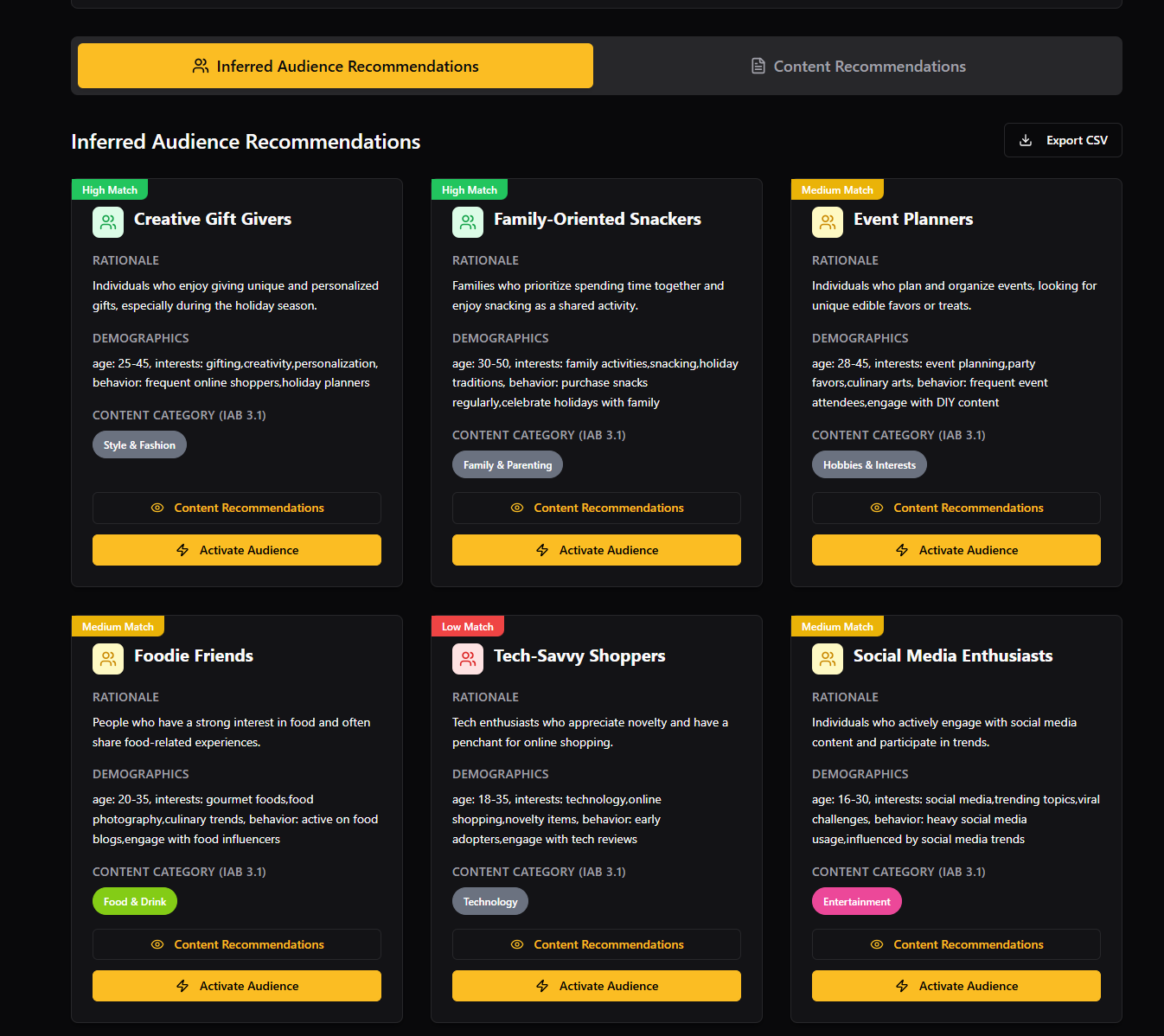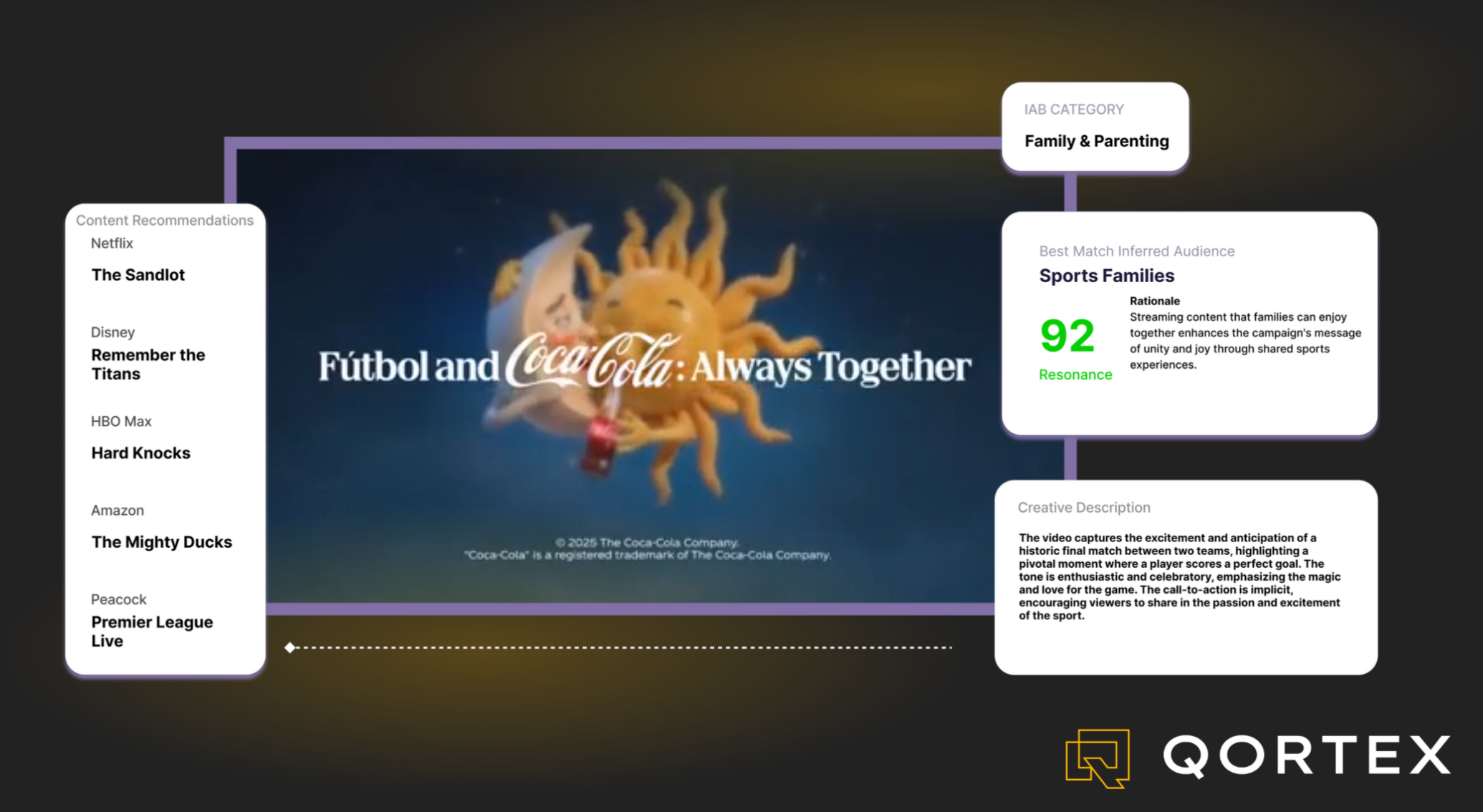Well, it's because of machine learning. Machine learning is a subfield of artificial intelligence which allows computers to learn without being explicitly programmed. Machine learning automatically detects patterns within large datasets and uses these patterns to make predictions.
Google is one of the most successful examples of applying machine learning algorithms in an advertising platform. Google is using artificial intelligence so that users can see ads tailored to their interests or what they are looking for at the moment. This boosts click-through rates, which is beneficial to advertisers as they detect patterns in data and use them to make predictions.
Machine learning is a growing part of the digital marketing landscape and it's not likely to go away any time soon. But what does this mean for you? It means that if you want to reach your audience, it's no longer good enough to just create ad campaigns that target generic demographics like age or location; rather, your ads need to be more strategic.
All About Programmatic Advertising & AI
Have you ever seen an ad on your favorite social media site or mobile app without having searched for it specifically? There's a chance that the advertisement was placed by a programmatic platform, or a self-serve platform like Qortex's Self-Serve and targeted through cookies.
What is Programmatic Advertising?
Programmatic advertising is a process in which ads are delivered by the means of an automated system. This system relies on software to make decisions about where ads should run, how many times they appear, what type of ad to deliver, what size, at what cost, and where.
The major advantages of using programmatic marketing include better targeting, higher engagement rates, and more conversions. Programmatic ads are one of the most powerful marketing tools available today because they can reach consumers where they spend their time online.
Contextual Vs. Behavioral Targeting
Typically the process of programmatic advertising can be broken into three parts: planning, buying, and reporting. Programmatic advertising follows a specific sequence of steps to determine which ads are delivered, where they should be delivered, and when they should appear.
For targeting, there are two main types: Contextual and Behavioral targeting.These range from weather, location, and time; Demographic, sociographic and psychographic data, all aspects that can affect an individual's behavior online or offline when using devices such as smartphones with distinct features like Safari browsers on iOS systems vs Android ones (Chrome). Other factors include Search History (SEO), Device Type - which might give you some insight into who they are if it matches previously recorded habits for instance). It also determines where the ads should be placed on page through both performance and budget-based AI analysis.
Behavioral ad placements are using hyper-targeted data, such as the target consumers' age, location, career, preferred consumer interests, and previous browsing habits. This allows brands to develop hyper-targeted advertising without needing to negotiate directly with individual publishers to get their ads where they want them. However, it is important to understand that behavioral programmatic advertising requires a certain amount of tracking of users, which as cookieless browing becomes more prominent, will likely loose its luster.
This may lead some organizations or individuals who are not tech-savvy or inclined towards technology to feel alienated by the concept. The data that is used as the basis for behavioraladvertising can feel invasive\.When cookies go away, these advertisers may be left scrambling to figure out how to continue to achieve the results the businesses are looking for.
How are Cookies used in Programmatic Advertising?
Programmatic advertising uses cookies through a third party (typically an ad server) to find and serve relevant ads to users without the need for direct contact with the advertiser's desired target audience. This allows advertisers to collect and use data they couldn't otherwise access. The use of third-party cookies collects user information and sells it to advertisers or advertising platforms to serve and utilize user-based information. This has resulted in issues in the past, such as Target delivering Baby-product ads to a teen who didn’t realize she was pregnant as well as rampant misuse of data in election advertisements.
How Do Contextual Ads Use AI?
Contextual advertising makes use of data acquired through analyzing the content where ads are to be placed to help deliver relevant content to the right audience. It does this by using machine learning and natural language processing to read the content, then sending that data back to an ad server which uses it to serve relevant ads
The most popular formats of contextual ads exist in the form of display ads on websites, or native ads. Qortex’s new forms of AI-based contextual advertising are taking contextual ads into videos. The AI reads and analyzes not only what is being said in the video through NLP, but also what is being shown in the video, to deliver ultra-contextual ad placements in the moment. The Qortex team has even been nominated for the Best Use of AI & ML in advertising by The Drum and won Programmatic Power Player of the Year in 2021.
What does this mean for the future of Advertising?
Contextual advertising is the future of advertising. It is predicted that by 2021, programmatic will account for more than 70% of all digital display ads in the United States, and with the decline of third-party cookie use, advertisers will be seeking another way to reach their target audiences, and the solution is contextual advertising. Along with that, 81% of online traffic is now directed to online video. Explore contextual advertising On-Stream video ads today.








